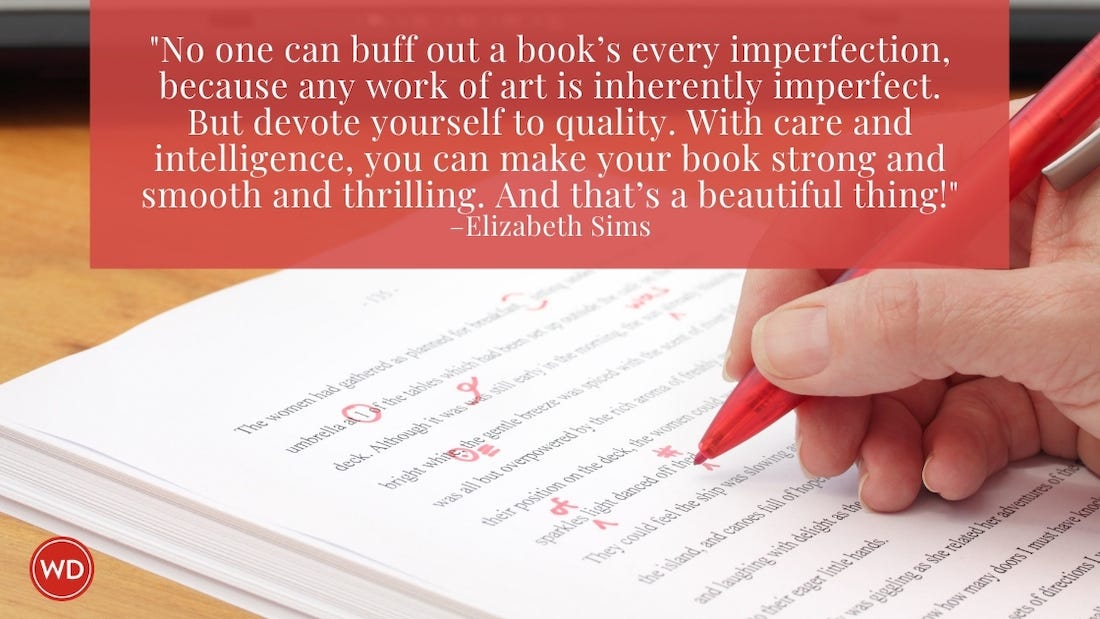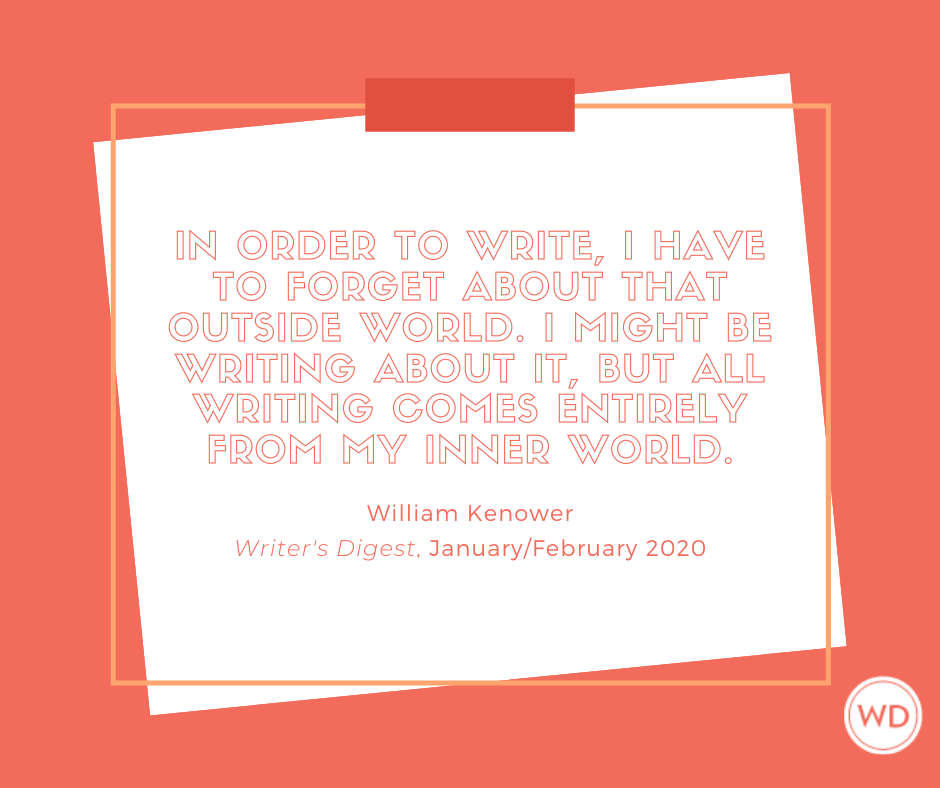How a Strong Character Arc Can Make Readers Love Your Protagonist
Novel readers love it when a protagonist dramatically transforms from Page One to The End. Jerry B. Jenkins shares the fundamentals of developing a strong character arc.
Novel readers love it when a protagonist dramatically transforms from Page One to The End. Jerry B. Jenkins shares the fundamentals of developing a strong character arc.
Rags-to-riches stories result in the most common dramatic character arcs. But the best character arcs result in inner change, not just changes in circumstance.
Novel readers love it when a protagonist dramatically transforms from Page One to The End.
What is Character Arc?
Simply how your lead character moves from his status quo to become heroic.
That doesn’t mean he [and I use he inclusively to mean he or she] has to become a comic book superhero. It just means he develops new muscles by facing every obstacle — and failing until his predicament ultimately appears hopeless.
He develops skills and strength along the way, attempting to overcome all these obstacles, until in the end he’s become a different person and can finally succeed.
The more challenges your main character faces the better. Bestselling novelist Dean Koontz recommends “plunging your character into terrible trouble ASAP.”
You’ll be tempted to show mercy on him. Don’t! Only the toughest challenges force your character to become heroic.
A Classic Example of Character Arc
A Christmas Carol by Charles Dickens
Ebenezer Scrooge begins as a selfish, miserly, miserable curmudgeon. But through encounters with the Ghosts of Christmas Past, Present, and Yet to Come, he faces the awful truth about himself:
Unless he changes his ways, upon his death no one will mourn or even miss him.
Scrooge vows to embrace the true Christmas Spirit year ’round, and he becomes a new man — joyful, generous, and loving.
How to Ensure Dramatic Character Arc
Challenge your character at every turn, removing every support and convenience. Thrust him into the most difficult predicaments you can imagine. Reach into your toolbox for everything that’ll make his life difficult.
We’re tempted to equip our characters with whatever they need, when we should do the opposite (see Step 9 in this article for more information). Take away the house, the car, the income, maybe even the spouse or lover. Make your character succeed in spite of it all. That’s what forces him to heroism.
Just remember:
Your character's change must be credible. Heroes are proactive. Your character must change as a result of his doing something, not because he figures out the problem or realizes he must change.
How to Know Your Character Is Changing
Whatever you do, don’t tell readers how your character is changing. They should be able to deduce that from what you show them.
And if you do it right, you just might experience an Author Arc as well — a change in yourself as a result of what you learn from writing the story.
The Most Important Element
A person changes for a reason.
He must face trials — real, painful problems — he can solve only as a changed person.
Get this right, and you’ll produce a story readers will remember forever.
Need help developing your characters? I created an in-depth guide you can access by clicking here.
What can you throw in the way of your main character to force him to change? Tell me in Comments.
About Jerry B. Jenkins
Jerry B. Jenkins is a 21-Time New York Times bestselling novelist (including The Left Behind series) and biographer (Hank Aaron, Walter Payton, Billy Graham, and many others) with sales of over 70 million copies. He shares his little-known writing secrets with aspiring authors at JerryJenkins.com through in-depth guides.









